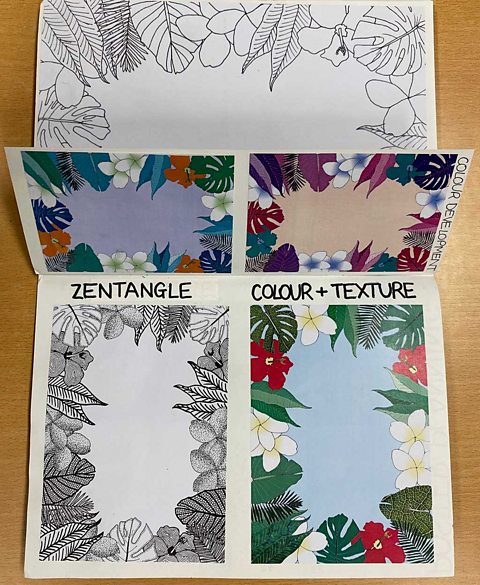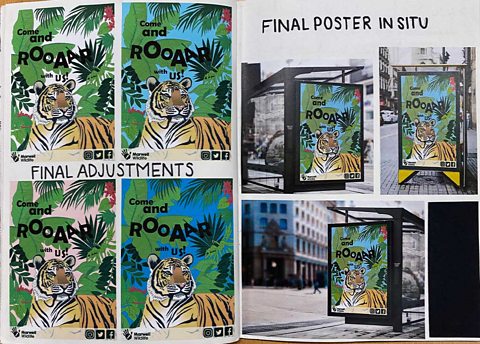Design considerations

Once you have decided on a basic design problem you should expand on it to create your brief.
To do this, identify key considerations for your brief. These can be:
- aesthetic considerations - these relate to the appearance of your design
- functional considerations- these relate to the purpose of your design
- market considerations - these relate to who your design is for and how you will get it to them
Aesthetic considerations

aestheticRelating to beauty and visual appearance. relates to the appearance of your design and its visual impactThe visual impression made on the viewer. Many elements contribute to visual impact, for example imagery, colour and style. .
Consider the appearance of the design you want to create and how this might be achieved.
It can be useful to split your decision-making about aesthetics into four key areas:
- Style - What design movements or eras might inspire the appearance of your design?
- Visual elements - What qualities of line, colour, shape, form, tone, pattern or texture are most important?
- Materials, techniques and finishes - How will these affect the look and feel of your design?
- Sources of inspiration - Are there natural, artistic, social or cultural influences you want to reflect?
Functional considerations

Functional consideration refers to the issues of purpose, practicality, materials and techniques and constraints relating to your design.
Try organising your decisions about functional considerations into the following areas:
- Purpose - What are the primary functionThe most important purpose of a design. For example, the primary function of a light is to illuminate a space. of your design? How will it perform these? Are there key secondary functionAn additional purpose of a design, other than its primary function. For example, a secondary function of a wristwatch might be to perform as a status symbol.
- Constraints - Are their issues of size and cost? Are there any elements you have to include in your design, eg barcode, logoA symbol designed to identify a brand. or list of ingredients?
- Materials and techniques - Does the function of your design demand that materials with particular qualities are used, eg flexible, waterproof?
- Practicality - What does your design have to do so that it can be used successfully, eg portable, wearabilityHow practical an item is to wear. Factors that impact on wearability include comfort, mobility and suitability for an intended use or environment., self-supporting?
Market considerations

Consider the needs of the target marketThe consumers who are likely to buy a particular product. This would include whether the design is for a mass marketA wide range of people in society, rather than a specific group. (a wide group of different people) or for a niche marketA specific group of customers who will buy a particular product. Niche markets tend to be small with specialised preferences. (a small group with similar needs and interests).
This can have an impact on costs, materials and methods of production. one offA unique design of which only one example exists. products, limited editionAn item of which a specific number have been made. products will tend to be more expensive and less affordable. mass producedAn item made in large numbers using factory production methods. items are cheaper to make and can be sold as lower prices to more people.
Shape your brief by asking yourself questions about the following areas:
- Who - What type of people will buy or use your design? Do they have particular needs or interests?
- Production and distribution - Will the way your design is made and sold affect your design?
- Income group - how much would or could your target market pay for your design?
- Age group - Does the age group you are appealing to have particular requirements?
More guides on this topic
- Finding inspiration - OCR
- Responding to stimuli - OCR
- Analytical drawing - OCR
- Developing ideas - OCR
- Experimenting with materials and techniques - OCR
- Recording and observing - OCR
- Annotating your work - OCR
- Analysing and evaluating - OCR
- Assessment objectives and presenting your work - OCR
- Externally set assessment - OCR